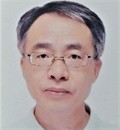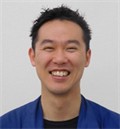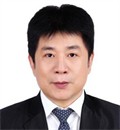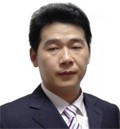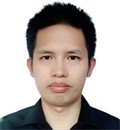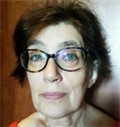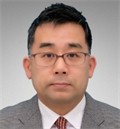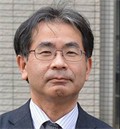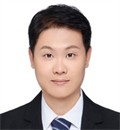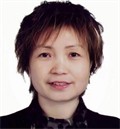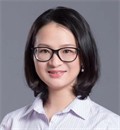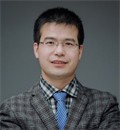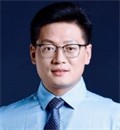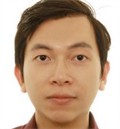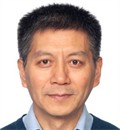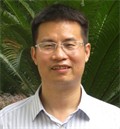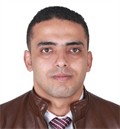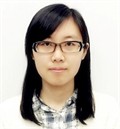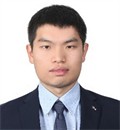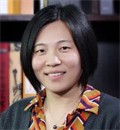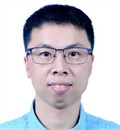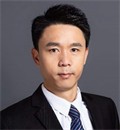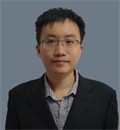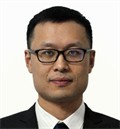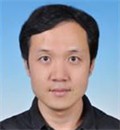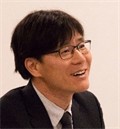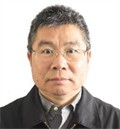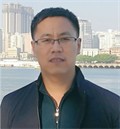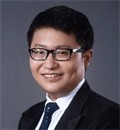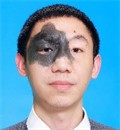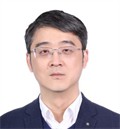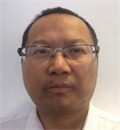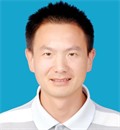Focused topics:
Molecular dynamics and Monte Carlo simulation of glass
First-principle and DFT calculation of glass
Mechanical modelling on glass
Machine learning and modelling of glass
Material genome of glass structures and properties
Quantitative structure-property relationship (QSPR) study on glass
Modeling and simulation on glass furnaces and kilns
Other glass modeling and theory development
Session Chairs:
Jincheng Du, University of North Texas, USA
Alastair N. Cormack, Alfred University, USA
Xusheng Qiao, Zhejiang University, China
Point of Contact
Xusheng Qiao, Zhejiang University, China; Phone: +86-571-8795-1234; E-mail: qiaoxus@zju.edu.cn
Keynote speakers (2):
1.Alastair N. Cormack, Alfred University, USA
Atomic Scale Melting Mechanisms in Silicate Glasses
2.Walter Kob, Université de Montpellier, France
The medium-range order in silicate glass-formers: From standard two-body indicators to many-body correlations
Invited Speakers (15):
1.Jincheng Du, University of North Texas, USA
Composition effect on ion-exchange strengthening in borosilicate glasses from molecular dynamics simulations and QSPR analysis
2.Liping Huang, Rensselaer Polytechnic Institute, USA
Molecular Dynamics Study on the Viscosity of Glass-forming Systems
3.Pengfei Guan, Beijing Computational Science Research Center, China
Large-scale simulation of multi-component metallic glasses
4.Shingo Urata, AGC company, Japan
Force-matching potential for investigating an effect of Al2O3 addition on the thermal expansion of sodium alkaline-earth silicate glasses
5.Hong Li, Nippon Electric Glass (NEG-US), USA
Raman spectroscopic study of MgO-CaO-Al2O3-SiO2 glasses and statistical modeling of composition-structure-property relationships
6.Hiroyuki Inoue, Institute of Industrial Science, The University of Tokyo, Japan
Structural simulations of RO-B2O3 (R=Mg, Ca, Sr, and Ba) glasses by the first principle molecular dynamics technique
7.Huidan Zeng, East China University of Science and Technology, China
Molecular dynamics simulations study on structure and properties of aluminosilicate glasses
8.Xusheng Qiao, Zhejiang University, China
Structural Simulation and Spectroscopic Computation of Rare Earth Doped Multi-component Glasses
9.Neng Li, Wuhan University of Technology, China
The Atomic Structures and Optical Properties: From Silicate Glass to MOF Glass
10.Liyan Zhang, Shanghai Institute of Optics and Fine Mechanics, Chinese Academy of Sciences, China
The application of statistical glass structure gene modeling in laser glass and HLW glass
11.Lu Deng, Shanghai Institute of Optics Fine Mechanics, Chinese Academy of Science, China
Composition-structure-property relationship of phosphate glasses: A combination of experiment, simulation, and QSPR analysis
12.Wenke Li, Wuhan University of Technology, China
Carrier Recombination Dynamics of PbS Quantum-Dot-In-Glasses by Time-Dependent Density Functional Theory and Nonadiabatic Molecular Dynamics
13.Han Liu, Sichuan University, China
Deciphering a structural signature of glass dynamics by machine learning
14.Zhen Zhang, College of Materials Science and Engineering, Chongqing University, China
Understanding the deformation and fracture of silicate glasses from atomistic simulations
15.Haishen Ren, Shanghai Institute of Ceramics, Chinese Academy of Sciences, China
Molecular dynamics simulations to structure-properties relationship of MgO?BaO?CaO?Al2O3?B2O3?SiO2 glass-ceramic for intermediate temperature solid oxide fuel cell
Oral Speakers (15):
1.Linfeng Ding, State Key Laboratory for Modification of Chemical Fibers and Polymer Materials, Engineering Research Center of Advanced Glass Manufacturing Technology, Ministry of Education, Donghua University,China
Nanoindentation-induced evolution of atomic-level properties in silicate glass: Insights from molecular dynamics simulations
2.Shiqing Xu, Yanshan University, China
Structural response to densification of Na2O-Al2O3-SiO2 glasses with different load indentation centers
3.Zeshi Guo, Xinjiang Institute of Physical and Chemical Technology, Chinese Academy of Sciences, China
Study on the Influence of Chemical Composition and Fiber-forming Process on the Atomic Structure of Basalt Fiber: An experiment and molecular dynamics study
4.Yong Yang, China Building Materials Glass New Materials Research Institute Group Co., Ltd, China
Application of digital technology in research and development of new glass materials
5.Ying Tian, China Jiliang University, China
Simulation prediction of thermal properties and spectral characteristics of Er3+ doped fluorotellurite glasses
6.Yiping Huang, Zhejiang University, China
Molecular Dynamics Simulation Study on the Structure of Fluorosilicate Glass
7.Bozhao Ying, East China University of Science and Technology, China
Influence of glass structure units on the electronic structure of cesium lead halide perovskite quantum dots
8.Xiaodi Liu, Shenzhen University, China
Understanding Glass formation Ability and Origin of Plasticity in Metallic Glasses Through Machine Learning Techniques
9.Rasmus Christensen, Aalborg University, Denmark
Predicting dynamics in sodium silicate glasses using graph neural networks
10.Seok Jin Hong, Kongju National University, Korea
Machine Learning Based Prediction of Refractive Index and Glass transition temperature of B2O3-La2O3-Ta2O5-ZnO Glasses for High Refractive Index Optical Lens
11.Yuanqing Lu, Otto schott institute of materials research, Germany
Machine learning for predicting the distribution of multiple Al2O3 phases synthesized by plasma-assisted aerosol
12.Du Tao, Aalborg University, Denmark
Predicting Fracture and Conduction Propensity in Glassy Electrolytes Using Classification-Based Machine Learning
13.Taygun Akar, SISECAM, Turkey
Enhancing Production Efficiency: A Statistical Approach to Glass Coloring and Optical Performance
14.BURCIN GUL ARSLANOGLU, ???°??ECAM, Turkey
Pushing the Limits of Production in Float Furnaces
15.Ci Wang, Harbin Engineering University, China
Theoretical Insights into Band Gap and Defect Engineering for Enhanced properties in Glass-Ceramics Scintillators
Posters (7):
1.Jing Tian, Zhejiang University, China
Insight into the structure and crystallization of SiO2-Al2O3-P2O5-Na2O-MgO/CaO glass-ceramic system with Mg-Ca substitution: A molecular dynamics study
2.Weilin Chen, Zhejiang University, China
Structural simulation and spectral calculation of silver quantum cluster activated borate glasses: A spin-orbit coupling involved first-principles study
3.Chen Dai, Shanghai Institute of Optics and Fine Mechanics, Chinese Academy of Sciences, Shanghai, China
Investigations on Mo rich Simulated HLW Borosilicate Glass by Statistical Glass Structure Gene Modeling
4.Lu Wang, Harbin engineering university,China
Machine learning-based accelerated design of glasses with targeted young’s modulus
5.Yuanqing Lu, Otto schott institute of materials research, Germany
Gaussian process regression for predicting the electrical conductivity of complex ionic glasses
6.Jingping Yan, Shanghai Institute of Optics Fine Mechanics, Chinese Academy of Science, China
Machine Learning Driven Model on the Glass Forming Ability of Nuclear Waste Glasses
7.Yajiao Zhang, Shanghai Institute of Optics Fine Mechanics, Chinese Academy of Science, China
Development of bromine-related potentials for molecular dynamics simulations of the oxyhalide photo-thermo-refractive glass





